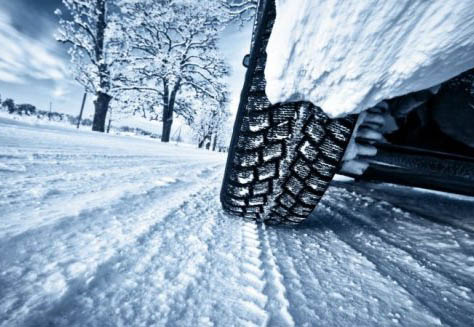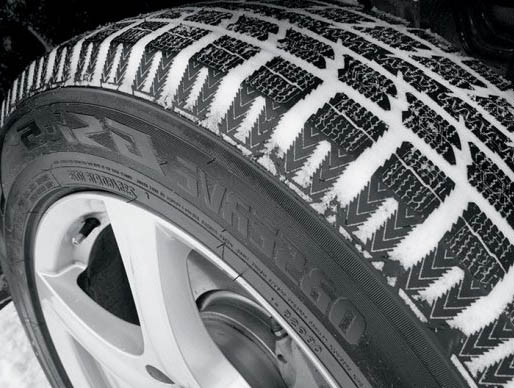Which winter tires are better – narrow or wide.
The topic of winter tires often boils down to a question: with or without spikes? And only the most "advanced" drivers are wondering about the question: narrow or wide?
And what exactly is the essence of the question? Maybe not this, which you immediately thought. Leave assumption, that the narrow circle sinks deeper into the loose snow – you will not travel through the polar regions. Choosing friction with you (thornless) winter tires, we will talk about ordinary family cars, which are operated in a typical winter.

There are two considerations for the friction width of a winter tire.
1. A narrow circle exerts a more specific pressure on the surface. Means, that each square millimeter of the tread presses harder on the slippery surface and removes the micro-layer of water from it better, which serves as a lubricant, when the wheel slips.
2. The wide wheel at the junction with the road has more slats (thin sections of the tread), which overall provides better grip on slippery surfaces.
Both arguments seem reasonable – so which tires are better? Tests by independent tire experts on two tires of the same model, but with different widths – np. 205 i 225 mm – they do not give a clear answer to this question. On ice, a wide tire brakes and accelerates more effectively.
And on a dense one (but not icy) snow, it is better to brake a narrow circle: its stripes fall deeper into the snow, which helps the wheel to stop. And the difference in braking distance will significantly affect safety: more than one and a half meters at speed 50 km/h! Estimate (if at all possible), what type of coverage is more common in winter on roads, which you are driving on, and make your choice.

However, it should be noted, that the grip coefficient on winter roads is highly dependent on the air temperature, snow quality and tread pattern. Therefore, instead of a specific answer to the question "which narrow or wide winter tires to buy", we give better advice: in winter, drive slower and pay more attention to other drivers.
And another guaranteed piece of advice: if you already have the option to choose the size of your winter tires, look not narrow or wide, but with a smaller rim diameter and a higher profile. In winter, such wheels have clear advantages.
Tires with a smaller radius are not only cheaper, but also thanks to their high profile they better absorb shock from holes and ice, which in winter so irritate the passengers and the "consumers" of the suspension. However, with this choice, you will have to get a second set of rims of the right size.
But even if you decide to keep the old rim size for winter tires, try to choose tires with the highest profile possible for your car. Such circles will have a larger outer diameter by one and a half centimeters, and this increase in ground clearance will come in handy on snow or icy roads.
By deciding, which tires to buy for the winter, do not forget to check the results of tests carried out by independent institutes or specialized media resources. As a rule, it is possible to understand on the basis of tables and diagrams compiled by expert testers, which of the models of a certain size performs better on ice, and which one is in the snow, on wet asphalt, in the cold, during the thaw and so on. Perhaps then the issue of tread width will disappear by itself.